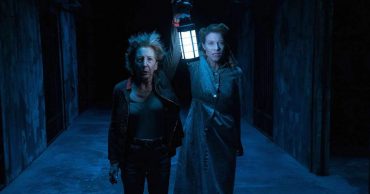Gareth Edwards’ The Creator, is a heartfelt story that imagines a world where AI has much more power than it does right now. On the 30th of November, 2022, ChatGPT, an AI Chatbot was released to the general public. It has been described as a language model with the capability to have human-like conversations. Almost a year later, The Creator is released and it tells a story of a future that seems plausible and possible with each progress that AI makes in our real world.
The Creator has been released to great praise, mostly for its production, cinematography and visual design. There has been some praise for the story. The originality of its storyline in a time where remakes is king, has been commended. However, aside from how fresh the story is, it is hard to look past its cultural relevance, especially in this time and age.
Examining the Parallels Of AI Today With AI in The Creator
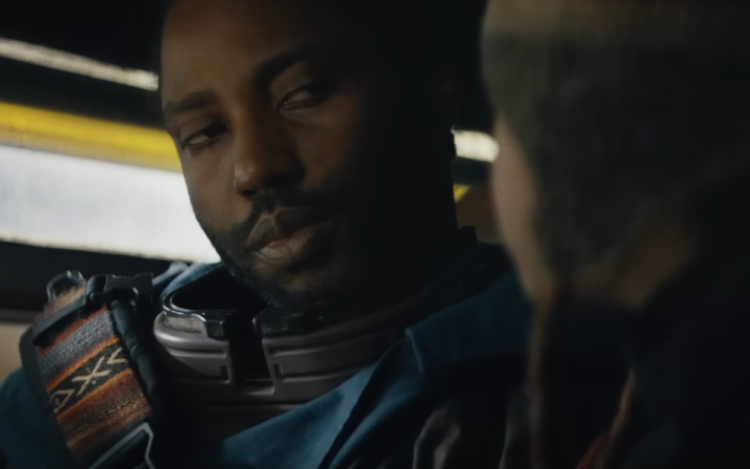
Today, the AI that is available to the general public serves different purposes. ChatGPT serves a range of functions, as long as it is within the boundaries of language. Meta launched a new AI tech that serves as a virtual assistant that is embedded in Ray-Bans. Midjourneey is an AI tool for image generation that works by feeding it prompts for the kind of image you want.
The AI in The Creator is aeons ahead of what we have today. With AI who have reached full consciousness, the film depicts them as people. Capable of holding complex thoughts, displaying love, feeling anger and displaying faith. What our AI does looks like child’s play in comparison.
Insights from The Creator On The Future Implications of AI
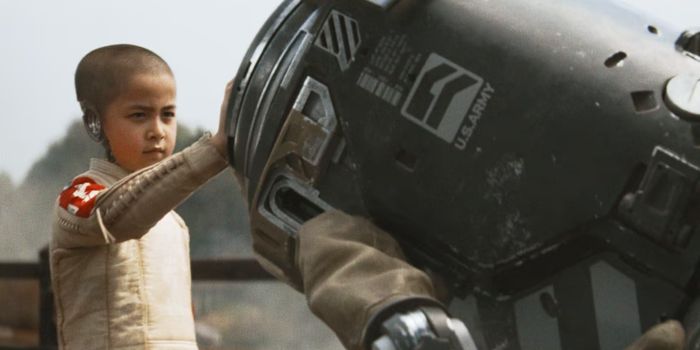
The Creator’s depiction of AI can be considered a foretelling of what is to come with the AI tools we have today. It draws focus on the capabilities of this technology. Beyond its current use for the completion of tasks or as Virtual Assistants. It implies that AI can be much more to us and serve other functions that help people at large. This foretelling is very relevant in the world today, as it gives a glimpse into what the future can look like. AI like all technology will advance and become better than it is today. What Edwards has done is show a version of the future that very few are considering, a future that is not as scary as current projections predict.
The Film Addresses Fear Surrounding AI
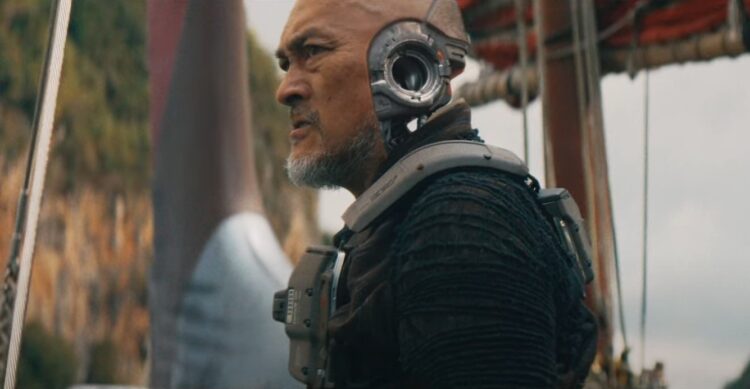
In the past, there have been futuristic films that imagine a future where robots have taken over. Much to the horror and detriment of the human race. The fear and sentiment that these films breed might be fictional but it matches the wariness that is currently rampant when people have conversations about AI today.
The Creator takes this fear and spins it around. The film asks that audiences imagine a world where AI is not the oppressor as we have seen with films like The Matrix, but instead, imagine the human race holding the position of the oppressors. This film does not address a lot of the fears that currently inform some of the conversations on this technology. Instead, it has asked that instead of fear, why don’t we try empathy?
The Exploration of War in The Creator
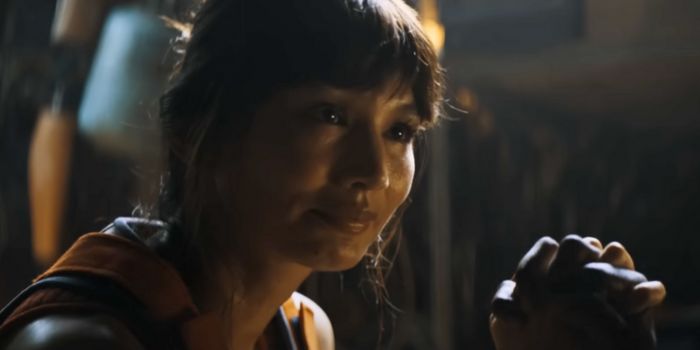
The Creator touches on a number of salient points. Points are very relevant in the world today and are outside of the typical conversations on AI-human relationships. One of the major elements of the plot is the war between AI and Humans. Through the exploration of this, The Creator addresses war-related subjects one of which is propaganda as a tool of war.
John David Washington, who plays the lead role, finds himself behind enemy lines. His choice to join the mission is hinged upon his need to find his wife who he thought was long dead. The premise of the war is a detonated warhead over Los Angeles which kills a lot of people. It is reported that AI was responsible. On this journey, he learns a number of things that cause him to change where his loyalties lie. One of the things he learns is how deeply the lies that started the war run. The film is able to show the effectiveness of propaganda. Edwards does not hide his sentiments on Western powers. He is able to make an attempt to educate audiences about one of the major tools that helps with the continued oppression of marginalized groups.
 Follow Us
Follow Us


